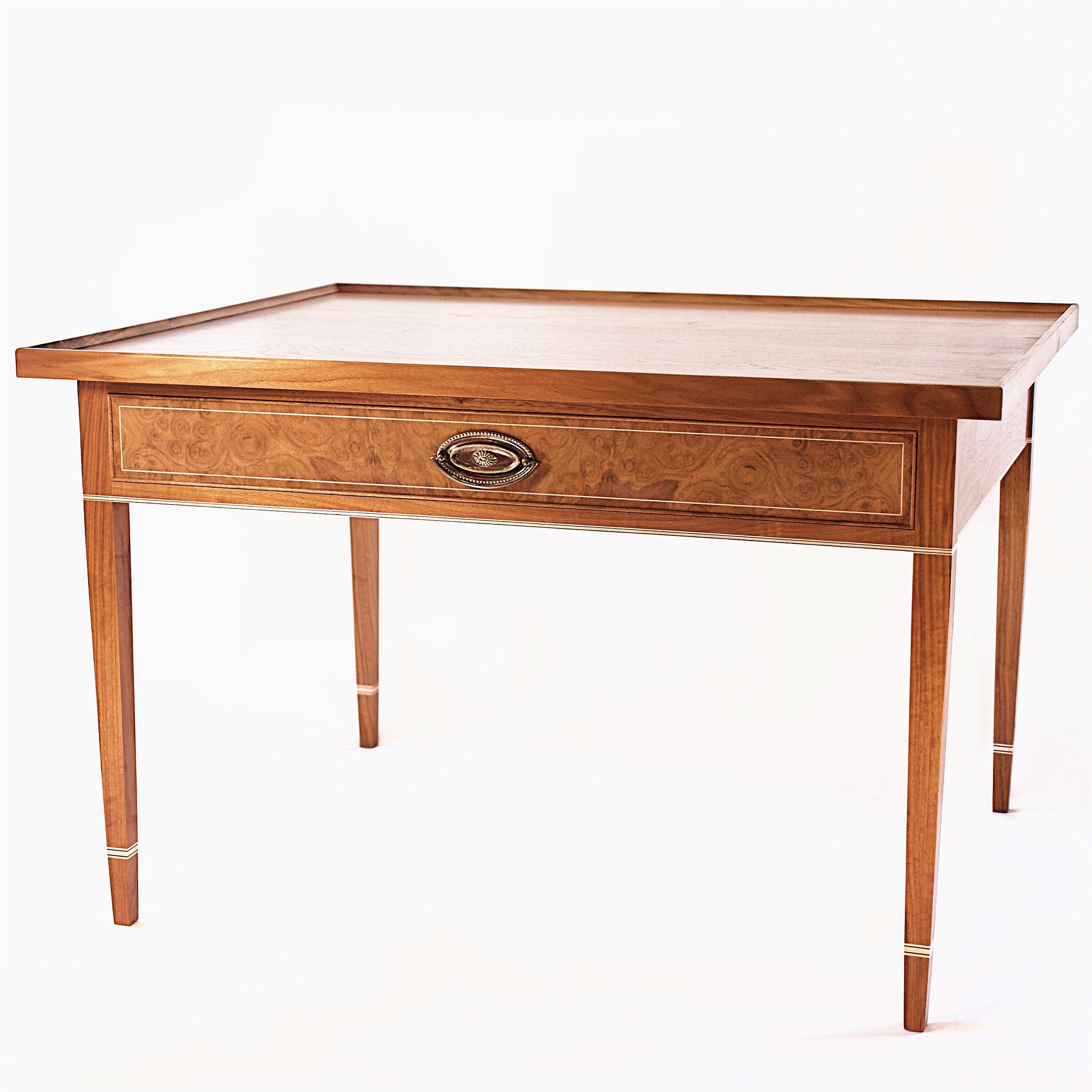milling
Milling is where I finally get to become aware of the board’s true character. Besides turning the rough lumber into flat and square stock suitable for making furniture, the milling process enables me to get familiar with the board’s grain pattern, character, and overall personality. This is the first time I’ll be able to see if the board has particular chatoyance, or perhaps a section of crotch wood that will make exceptional drawer fronts for a cabinet. All of these things are brought to life in the milling process.
milling
Once your wood is back at my shop I'll begin to roughly lay out the piece's parts on the rough lumber to maximize my milling. Boards are then cut roughly to length and sent over the jointer to establish one flat reference face and edge. From there I head to the thickness planer which flattens the second face parallel to the first. It is also at this time I'll mill your rough lumber down to the desired thickness ensuring total customization of the piece.
Let it dance
"Let It Dance" is a woodworking phrase that refers to the tendency of a board to move or "dance" after it has been initially milled. Milling rough lumber into boards that are flat, smooth, and square introduces new wood fibers to available moisture in the environment and thus causes the board to move, warp, and flex during this initial period. After the first rough milling, I'll stack and sticker all the boards and let them dance for a day. After they've done what they need to do, I'll mill the boards a second and final time to their finished dimensions.


